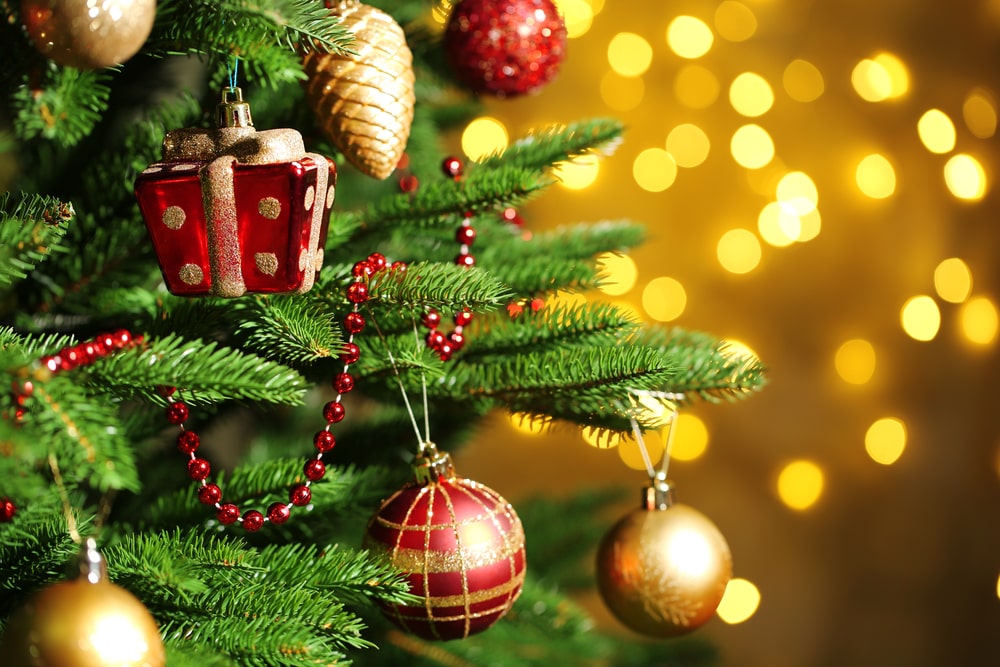IT’S OFFICIAL…CHRISTMAS SEASON IS HERE. LET’S KEEP IT REAL!!
Thanksgiving has passed and December begins this weekend. We have now officially entered the holiday season. Buying a Christmas tree is on everyone’s mind. It is fun to learn some background facts when it comes to the fresh trees and greenery that we all use for holiday decorating. Live Christmas trees have been brought into homes and decorated during the holiday season for hundreds of years.
HERE ARE SOME FUN FACTS:
- The use of a Christmas tree in our homes come from Germany. The British paid German and Hessian mercenaries to fight in our Revolutionary War. In 1804, U. S. soldiers stationed at Fort Dearborn (now Chicago) hauled trees from surrounding woods to their barracks at Christmas. The popularity of the Christmas tree then spread over America. Charles Minnegrode introduced the custom of decorating trees in Williamsburg, Virginia in 1842.
- For every real Christmas tree harvested, growers plant 20 to 30 seedlings in its place.
- It can take as many as 15 years to grow a tree of average height.
- Franklin Pierce, our 14th President, brought the Christmas tree tradition to the White House.
- In 1923, President Calvin Coolidge started the National Christmas Tree Lighting ceremony now held every year on the White House lawn.
- Since 1966, members of the National Christmas Tree Association have presented a beautiful, fresh, Christmas tree to the President and first family. This tree is displayed each year in the Blue Room of the White House.
Are you aware of the TREES FOR TROOPS program? Since 2005, with the donation and support the TREES FOR TROOPS program has delivered a total of 293,392 real Christmas trees to different service members.
So, as we all begin to select our personal Christmas tree, I hope many of you enjoyed learning a little history with the origin of the Christmas tree.
Frohe Weihnachten

